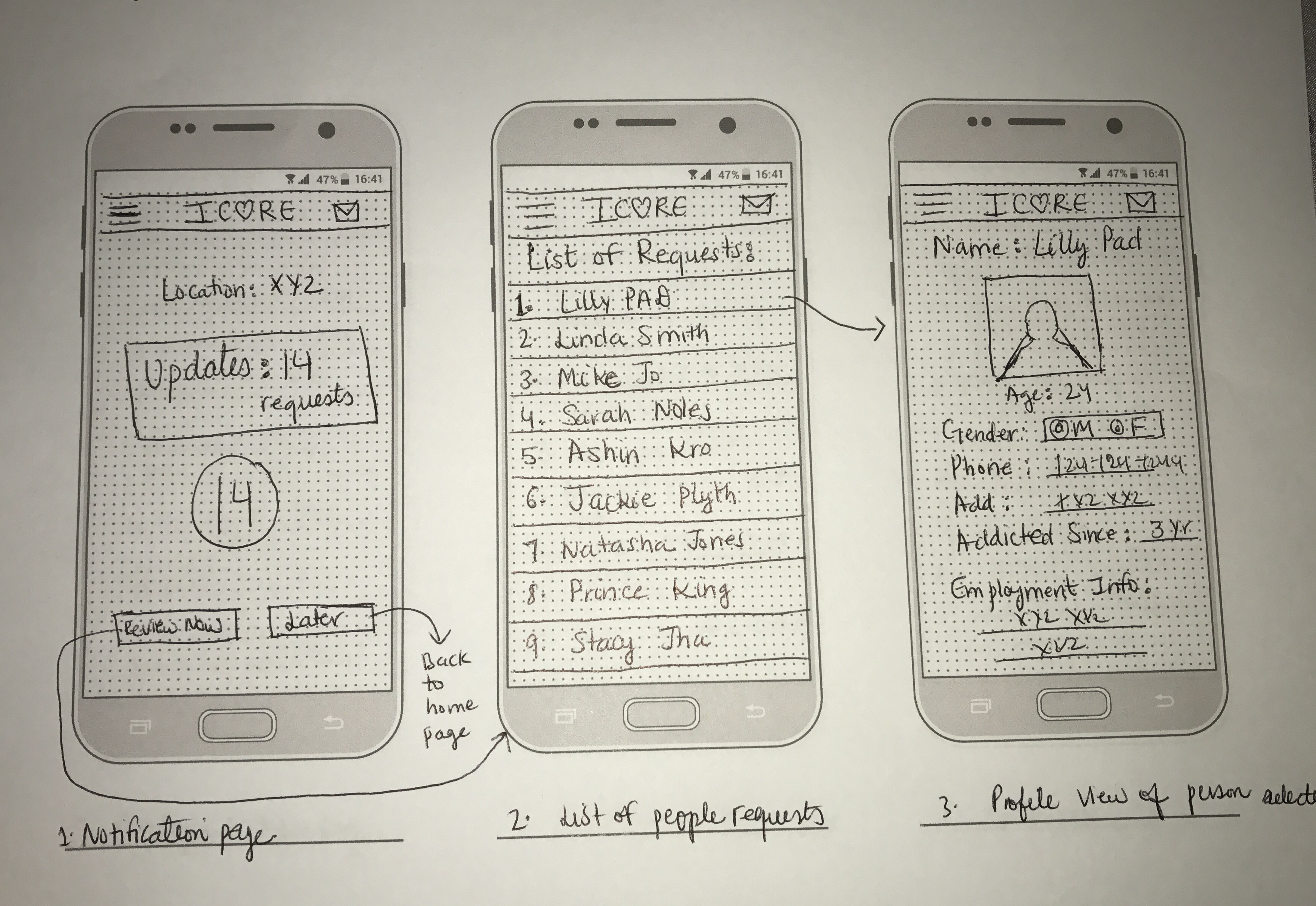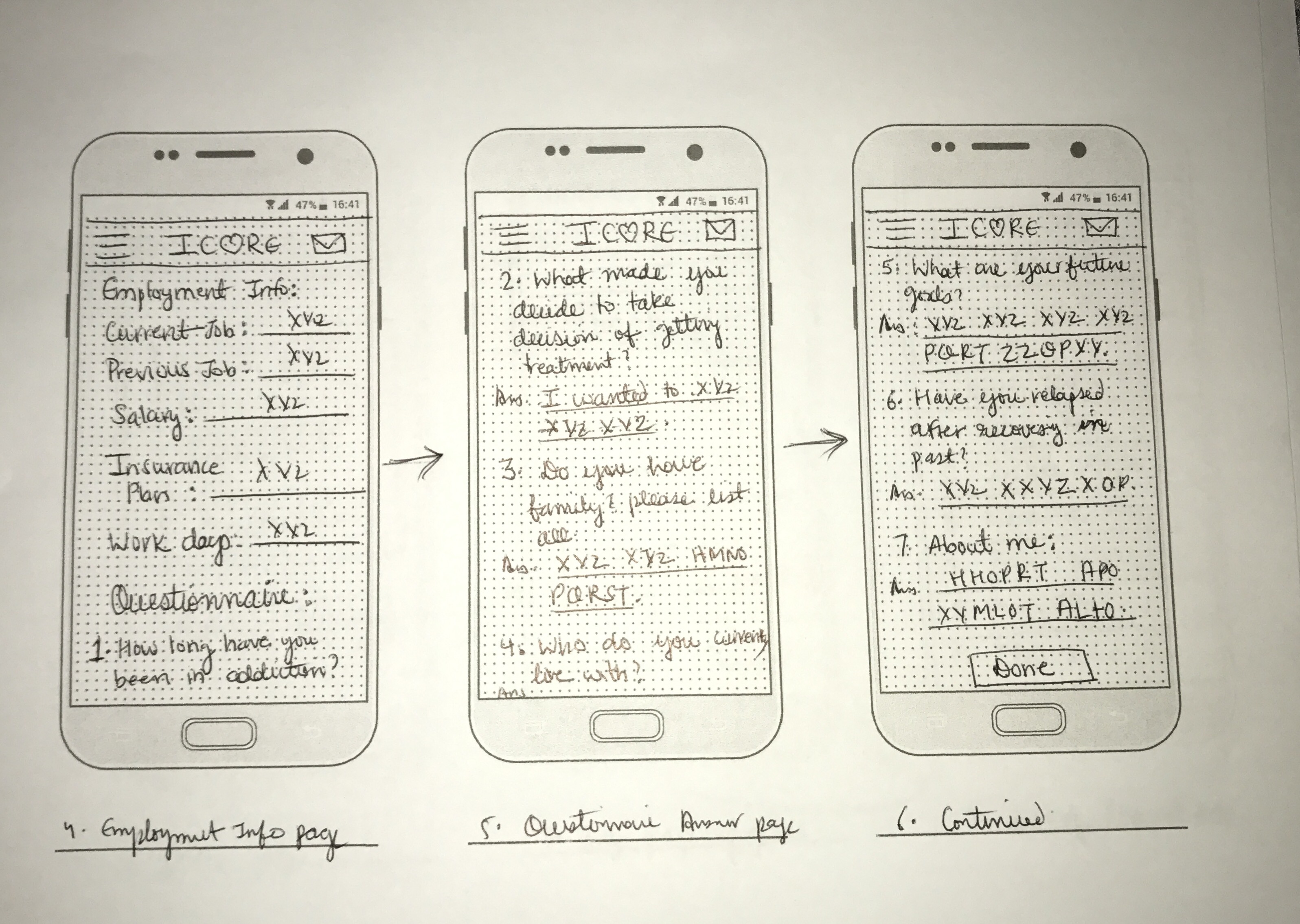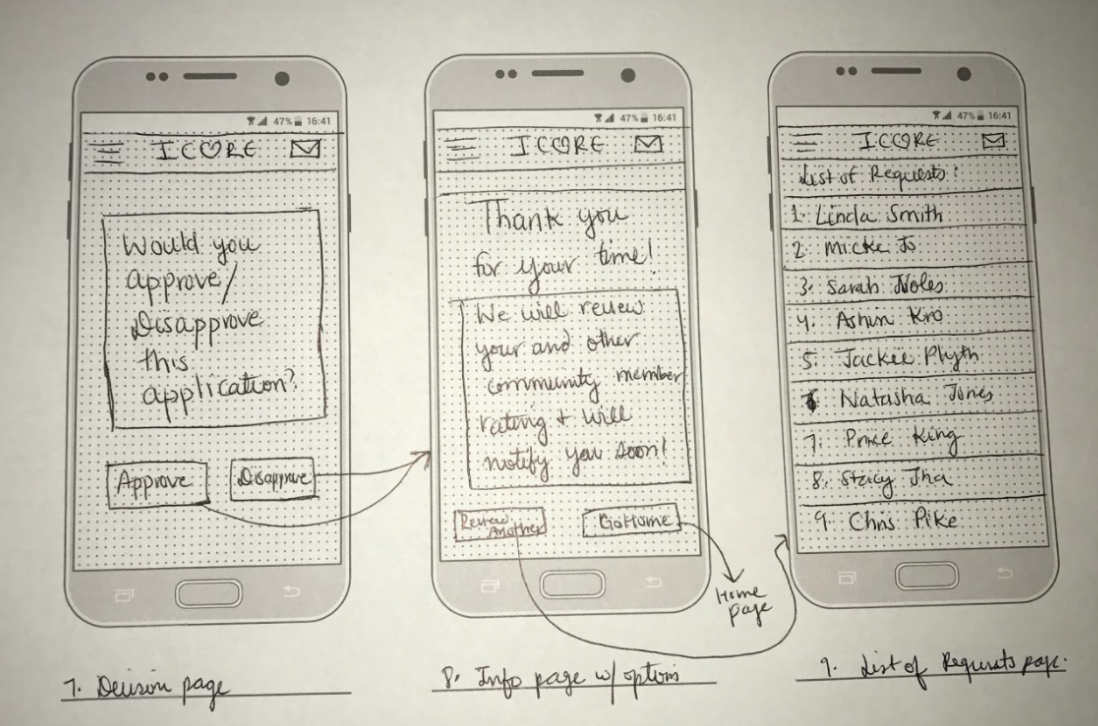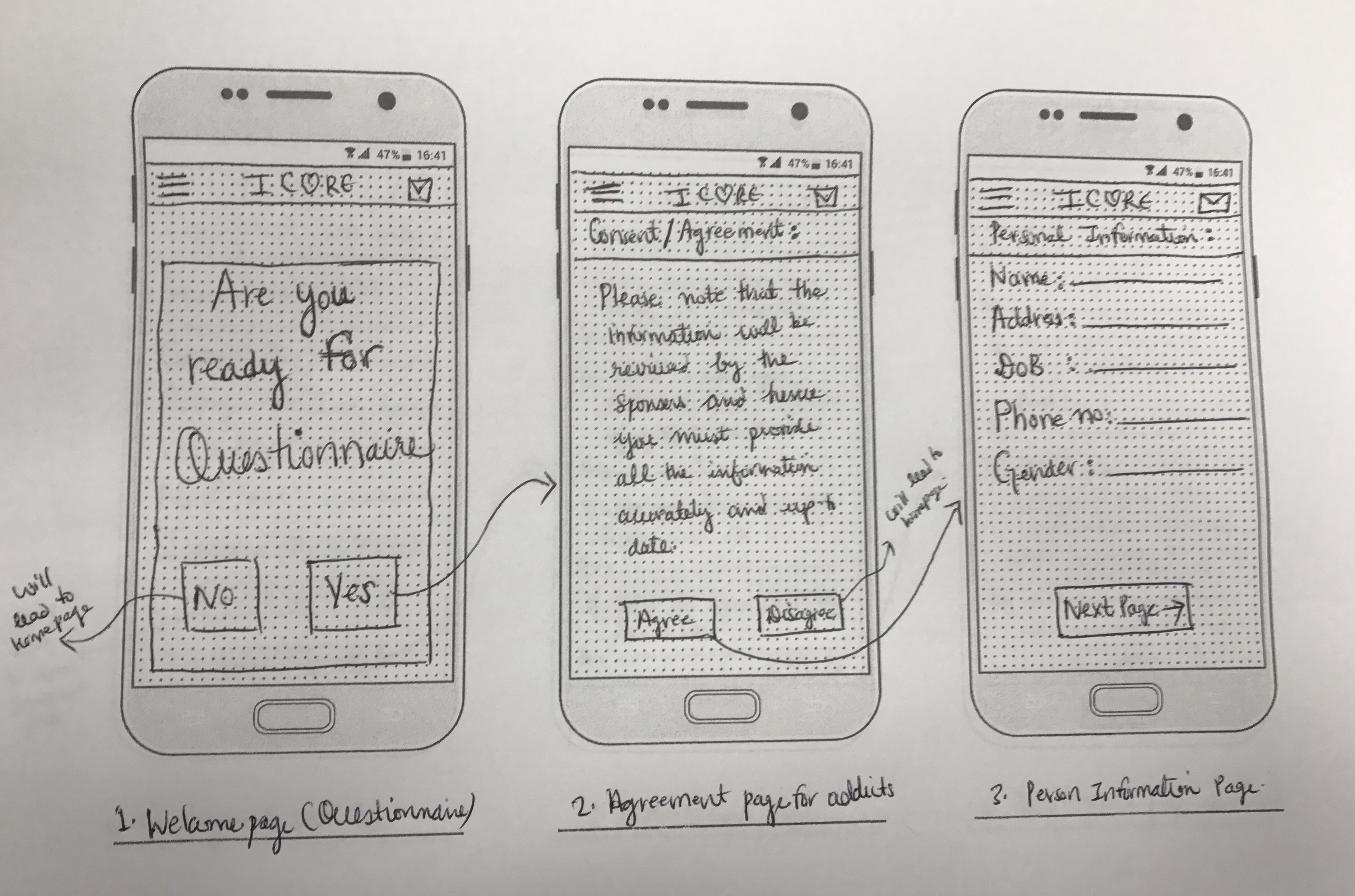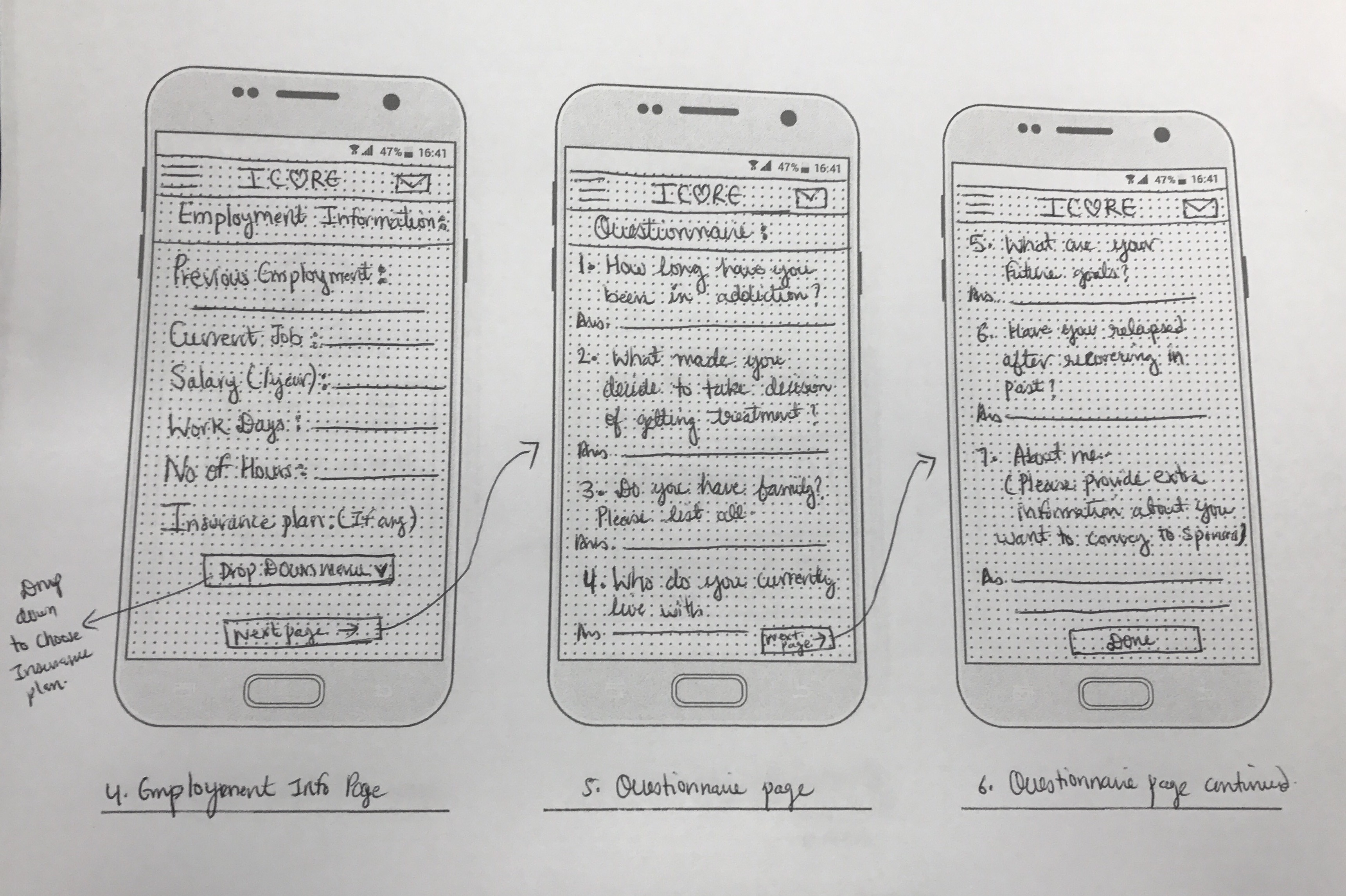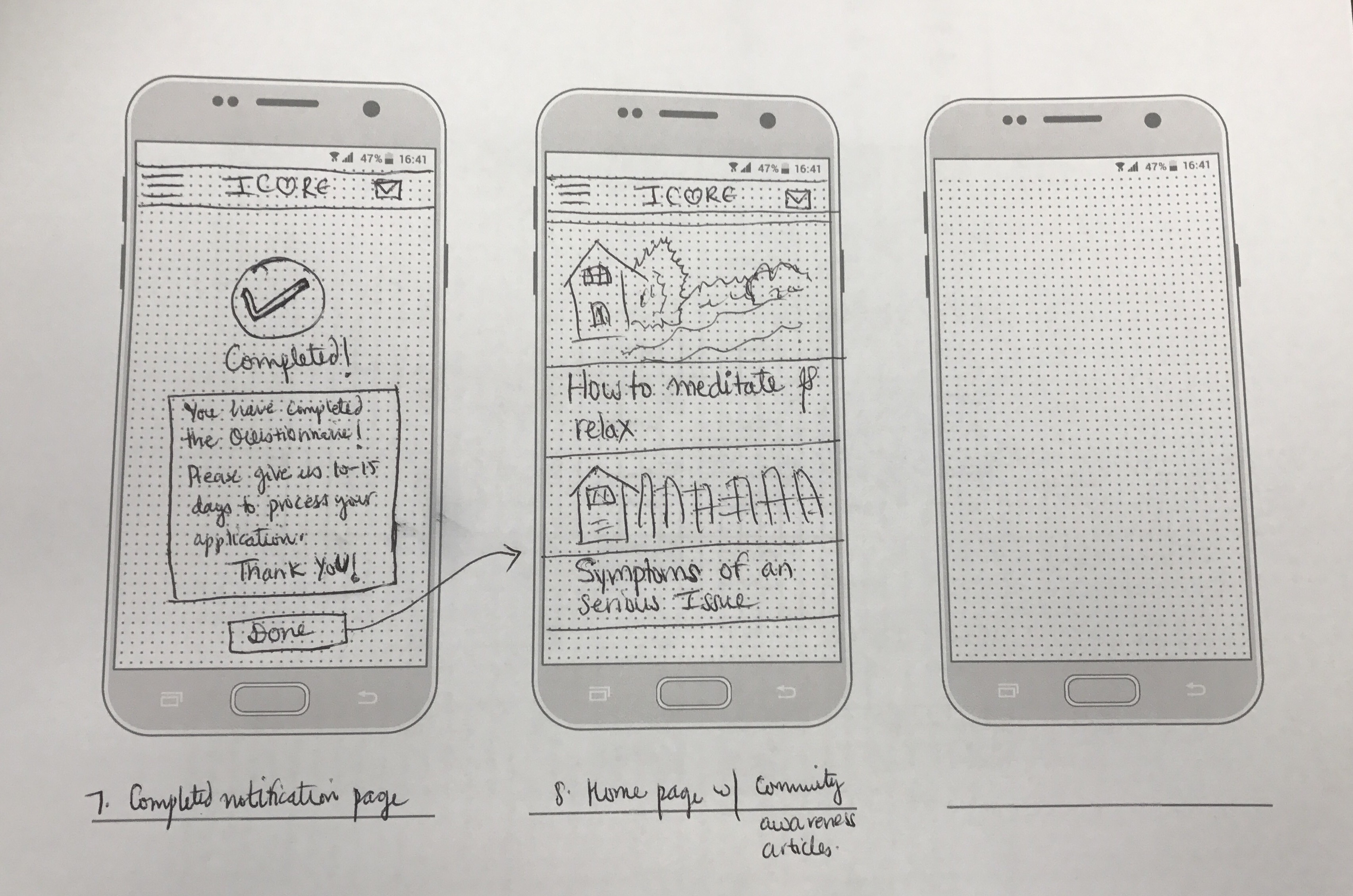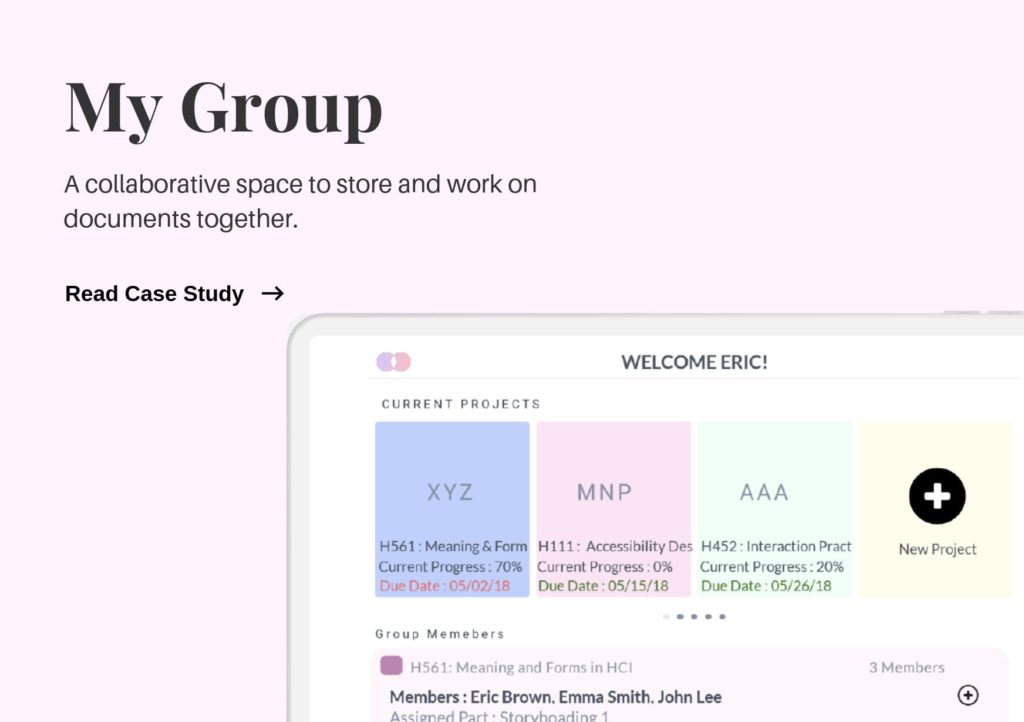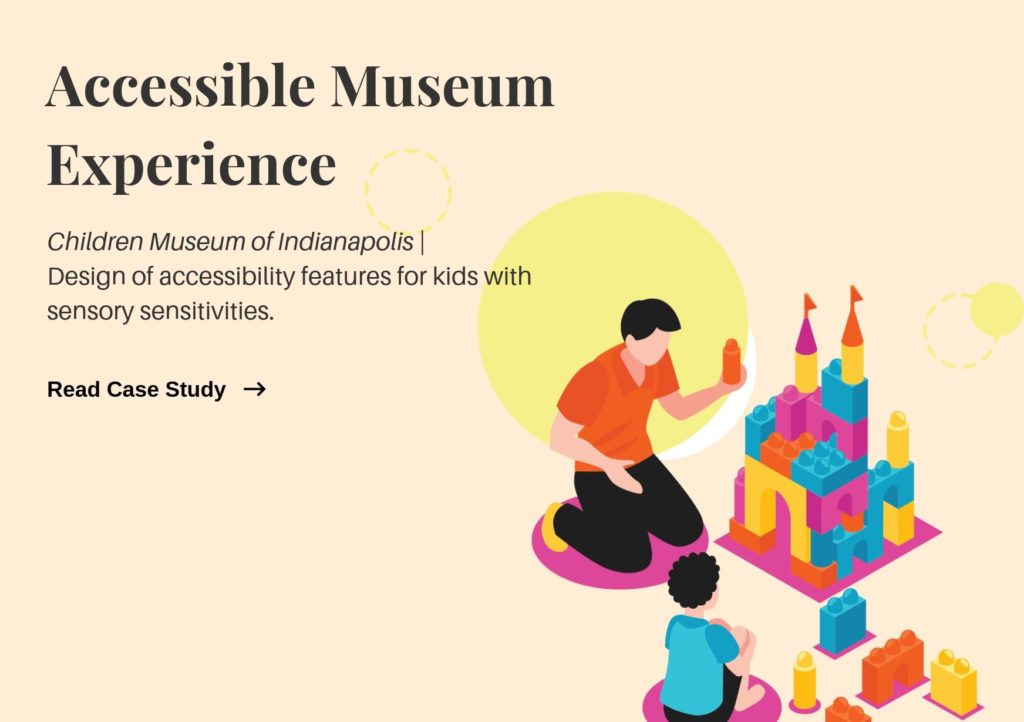iCARE
An application to combat drug abuse challenge.
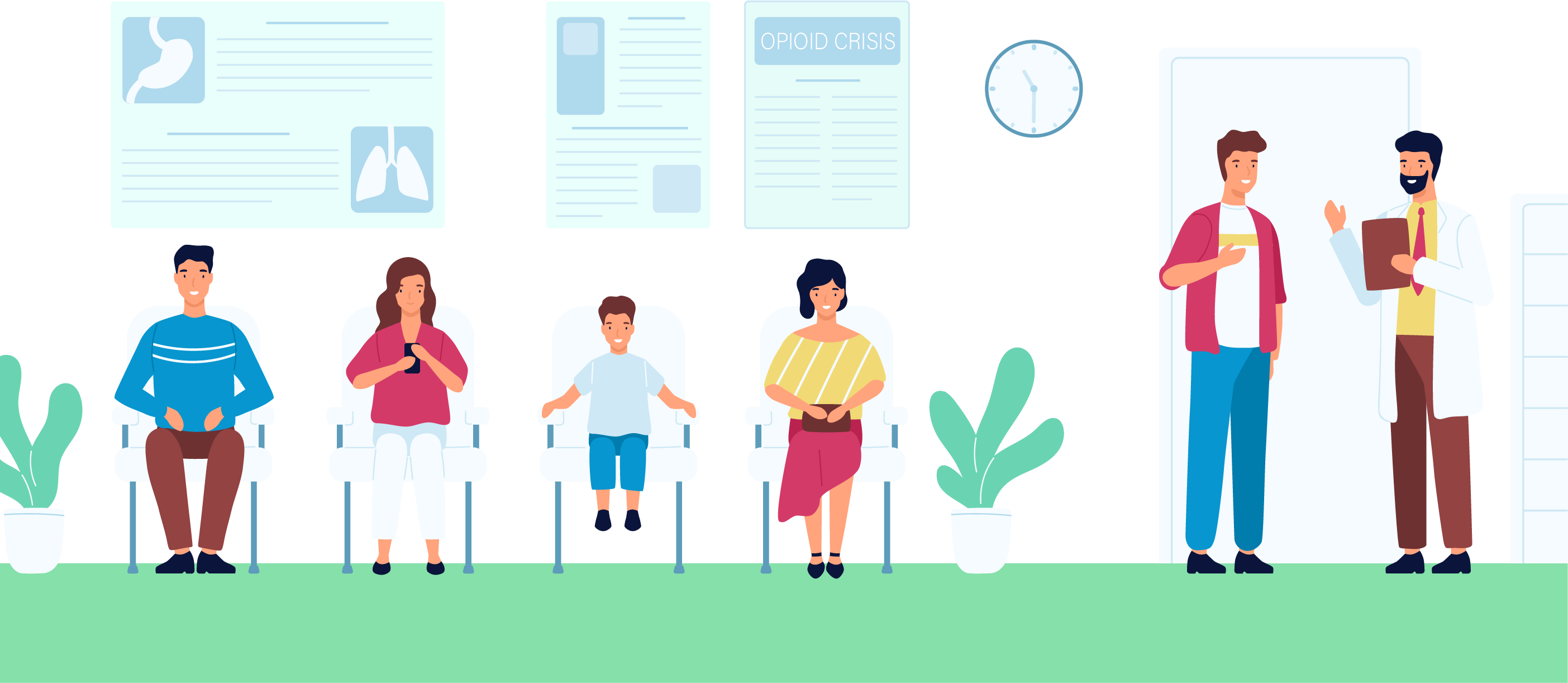
Overview
Drug overdose is the leading cause of accidental death in the US, with 52,404 lethal drug overdoses in 2015. Of those deaths, 20,000 were due to opioid. Opioid dependence and associated drug-related overdose and deaths are serious public health problems in the United States.
Our research is focused on individuals who want to get treatment but struggle financially and cannot receive the treatment due to the average cost of inpatient drug rehab ranging from $5,00 to $50,000 depending on the facility and type of treatment as well as average cost of 1 year of methadone maintenance treatment being approximately $4,700.
Aim: To solve the problem of individuals who wish to quit drugs but do not have financial resources to afford the treatments through a funding app.
Duration
5-6 Weeks
My Role
User Research
Ideation
Interface Design
Prototyping
Usability Testing
The Process
We followed the human-centered design process by first conducting background research to understand the problem space and to understand the potential challenges that individuals face because of drug abuse. After getting the insights of the problem space, we conducted user research in the form of surveys and interviews. We jumped to defining problem space after synthesizing inspiring insights from the data/feedback we received and generating user profiles. Our design process was the next step, where we created initial sketches leading to wireframes. We then moved on to creating fidelity prototypes that we tested with users to receive feedback on the designed system.

Problem Space
About 2.1 million people have the opioid disorder. According to a 2016 report by the surgeon general, only 10% of people with drug disorder were able to receive the treatment they needed.
IU Grand Challenge: This challenge was initiated by Indiana University to understand and address the factors that contribute to drug addiction and combat substance abuse in the state of Indiana.
Even though Medicaid is available in the U.S. the new policies have made it mandatory for the person applying for Medicaid to have “chronic” situation and have had multiple episodes of drug use or their illness must have persisted for a long time.
Hence, a person is not eligible for treatment unless they are suffering from chronic conditions.
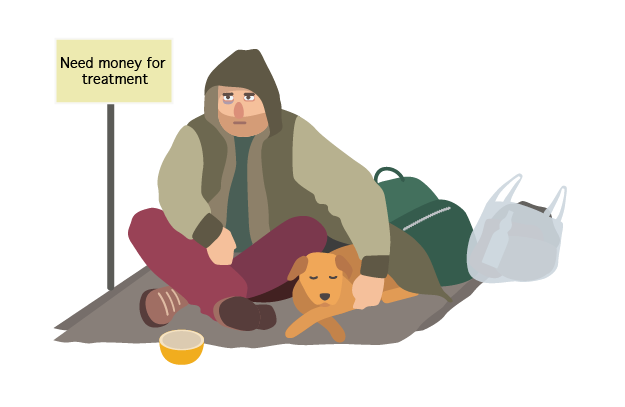
_____________________________
“How to get treatment to those addicted to opiates, seeking help and support to combat the drug abuse?
______________________________
Research & Analysis
To understand the problem in depth as well as to reveal some of the reasons in support of our problem space we conducted user research. The user research provided us with insights that proved to serve as a base for the design direction.
Surveys
We created an online survey and shared it through various drug treatment-related pages on Facebook as well as forwarded surveys to treatment centers and requested them to share it with their current & new patients.
Here we present the average overall rating for each statement based on the user results we received.
We received 21 responses: 11 Male | 10 Females
Qualitative Interviews
User research was quintessential. Hence, we conducted interviews with clinical supervisors at various treatment centers as well as with individuals who have recovered from drug addiction or are still looking for ways to quit.
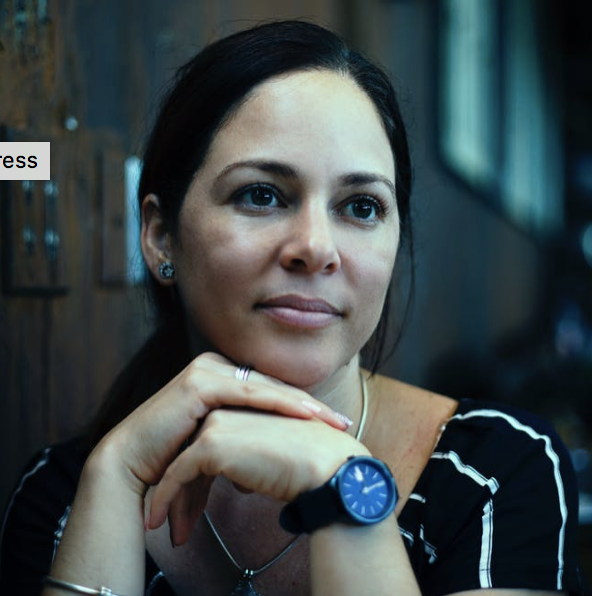
People who want to get treated do not have insurances or the money to afford the treatment. Even if they are provided with in- center insurance coverage they do not stick to it because of the peer pressure and the lack of support system to stay on the right path. – Clinical Specialist
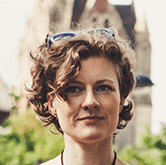
My niece doesn’t have any permanent job and whatever money she makes working for various people over the time, she ends up spending it on the stuff that has got her into a bad situation. Even if she wants to get out of it, she knows the money she makes is not enough for various stages of treatment. – Family Member

It’s very hard to implement a system through which drug addict individuals can successfully get treated. I have seen quite a few people using applications such as GoFundMe to get money for their treatment but for most of them, their only intention is to use the money to buy more drugs than to get sober. – Clinical Specialist

Community plays a major role. If you don’t have the community backing the cause, the change will never happen. The community can get something going. Support is a big thing and can bring great changes. – Recovered Individual

Most of the individuals we see at our clinic are introduced to drugs at a very early age without having much knowledge about the consequences. They want to get treatment but still say “I don’t think I will be able to do it” depending on experiences of others who tried and failed. – Clinical Specialist
Insights
After conducting surveys and countless interviews, we analyzed the data and were able to generate the following insights.
Motivation
- Peer pressure is high.
- Individuals who have recovered start using drugs again at some point because of no support system in their environment.
- Support from people such as family, friends and community plays a vital role
Financial Support
- The money the individual earn doesn’t prove to be enough so they end up using it in wrong ways.
- Individual suffering from drug addiction cannot afford treatments and need financial support.
- Community members are willing to support the cause if it the individual’s goal is genuine and long-lasting.
Education
- Introduction to drugs at a very young age without knowing the proper knowledge.
- No knowledge about various ways to start clean life.
- Unaware about the real stories of people who recovered and how they recovered.
User Profiles
Based on the research and people involved or can be involved in the treatment process, we divided the user profiles into three categories because we found out that different people will be using the app differently.
1. Drug Patient
Support seeker | Speaks English | Some high school
Tasks Performed:
- Looks for support from people.
- Gains motivation from real life experiences.
- Seeks financial support from the environment.
- Provides personal information & updated on drug history to the clinics.
2. Clinical Supervisor
Treatment provider | English & Spanish | Nursing Degree
Tasks Performed:
- Sets up alerts, appointment dates for the patients.
- Provides supportive services and track patient progress.
- Updates the clinical websites and database with user data.
- Handles current patient’s profiles and review new applications.
2. Community Members
Sponsor | English or Spanish | High school graduate and/or some college
Tasks Performed:
- Takes the decision on funding.
- Reviews financial supports seekers applications.
- Provides support & motivation to the drug patients.
- Tries to create a safe and better environment for it’s members.
Conceptualization
Feature Narrative
- Provide drug abuse education to applicants.
- Update the sponsor on the treatment activity and the process.
- Donation feature – Open donation, community-based donation and sponsoring applicants.
- Send funded money direct to the clinic the applicant (drug patient) chooses and seeks treatment from.
- Incorpate feature for local news – Success stories of individuals, recent news and community updates.
- Have separate profiles for applicants, sponsors and clinic supervisors based on the tasks they need to perform.
User Flow
The user flow diagram below presents the architecture of the system and the role of the important features required to reach the goals.
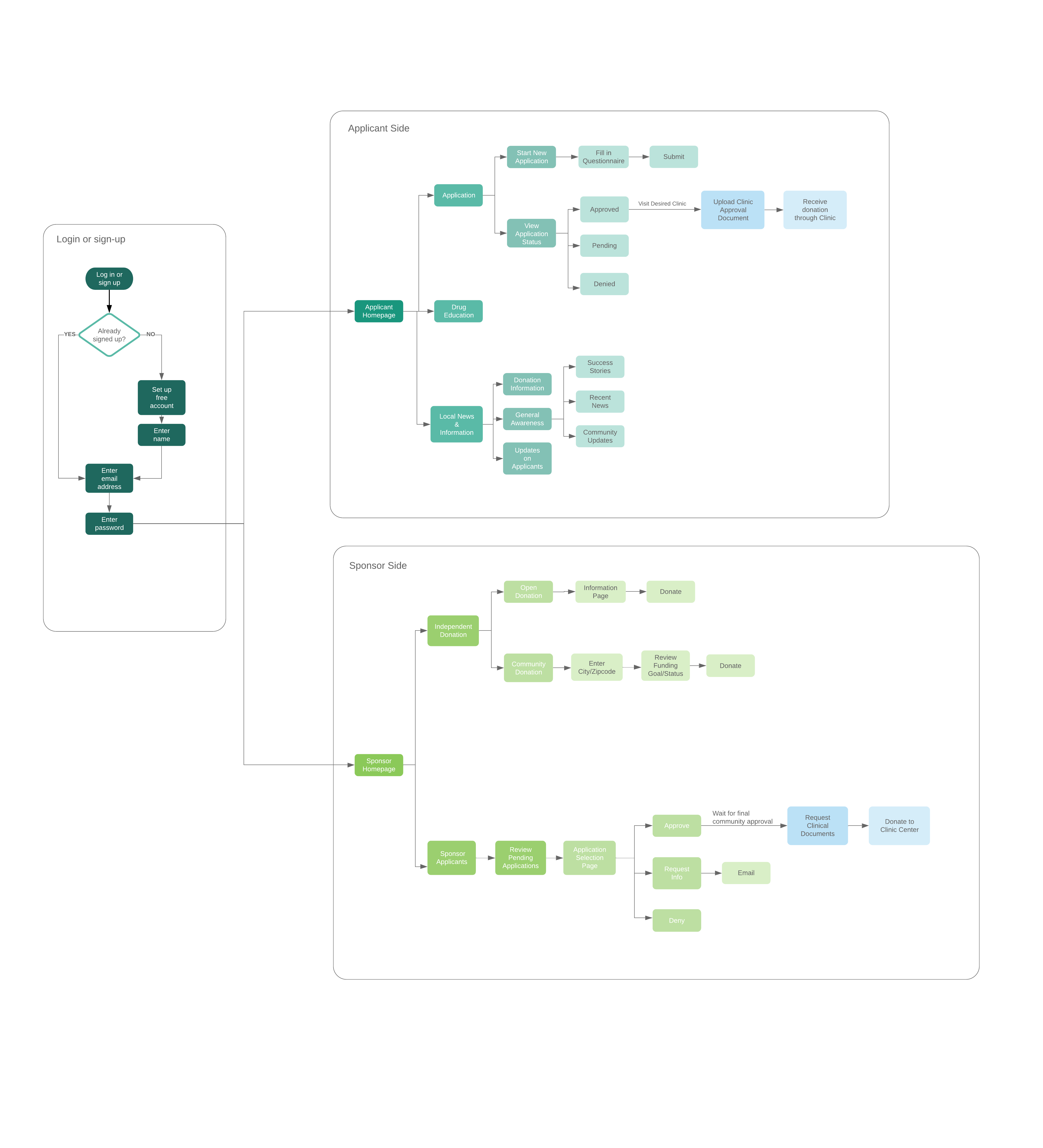
Design Process
Wireframes
Initially, we created wireframes on paper to depict the flow of application and added elements and screens that were necessary to reach user goals. Creating wireframes helped us understand the flow and dive deep into the process and find the loopholes.
Low-Fidelity Screens
We created low-fidelity prototype emphasizing mainly on the functions and features of the application. We conducted user tests to gain feedback from the users as well as to understand the overall impression of users before moving on to high fidelity prototypes.
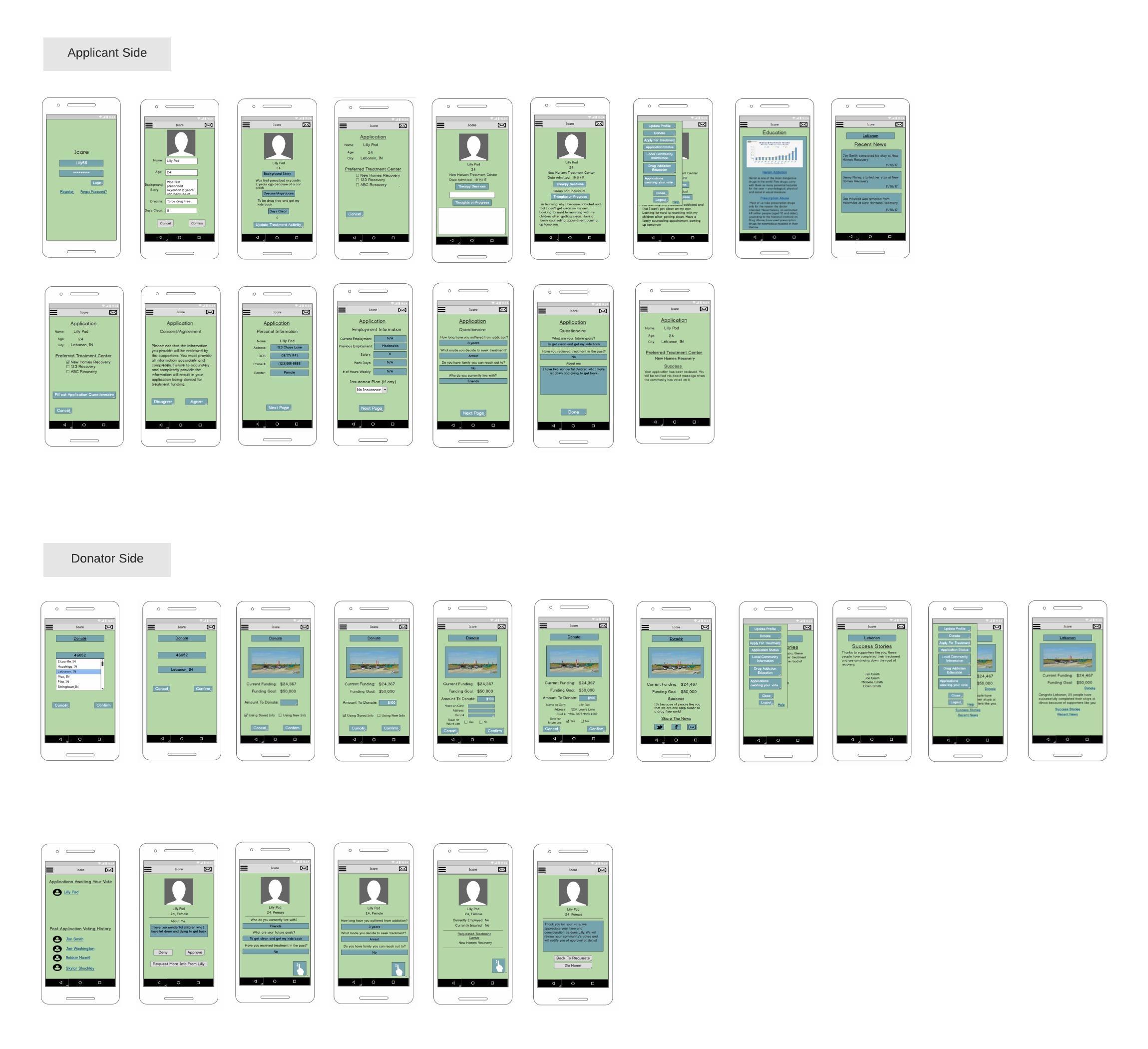
Final Design

i. Crowdsource Money
The primary feature of iCare is to support funding for the treatment of the patients either locally within the community or on a larger base throughout the country.
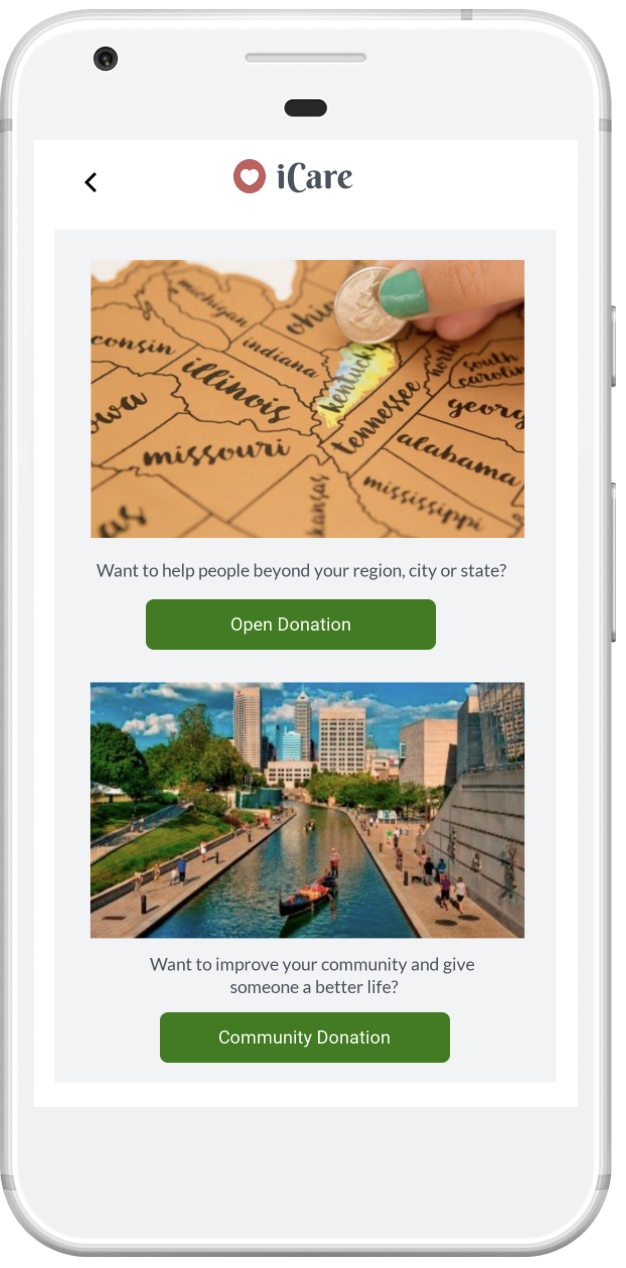
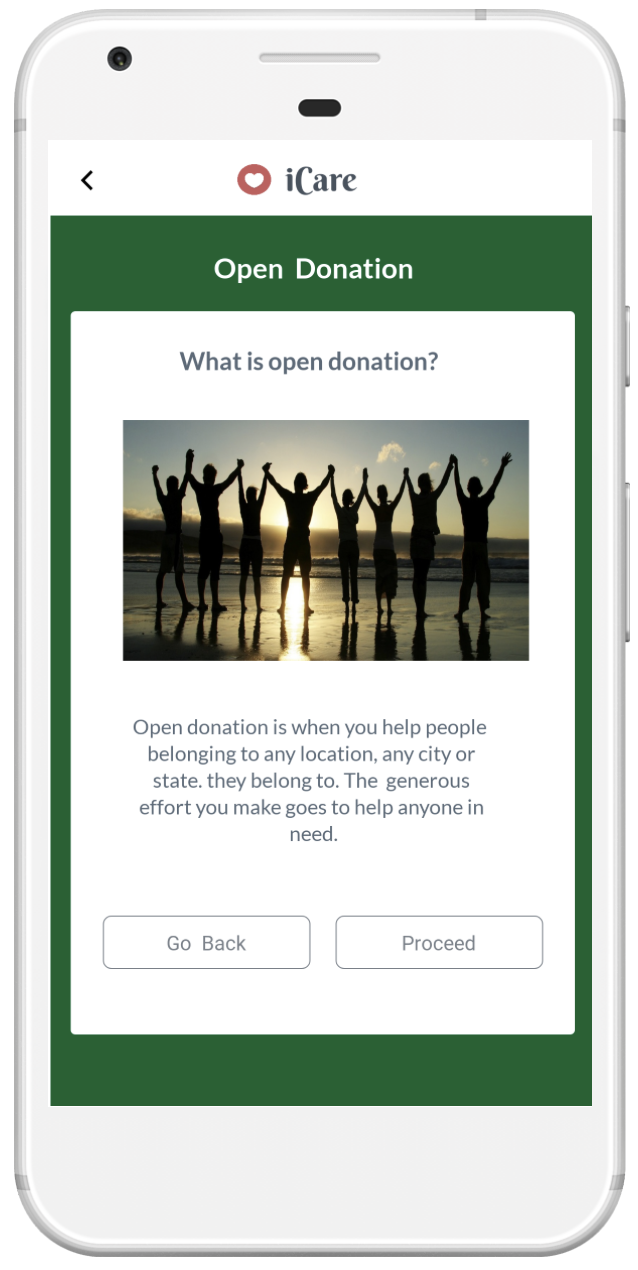
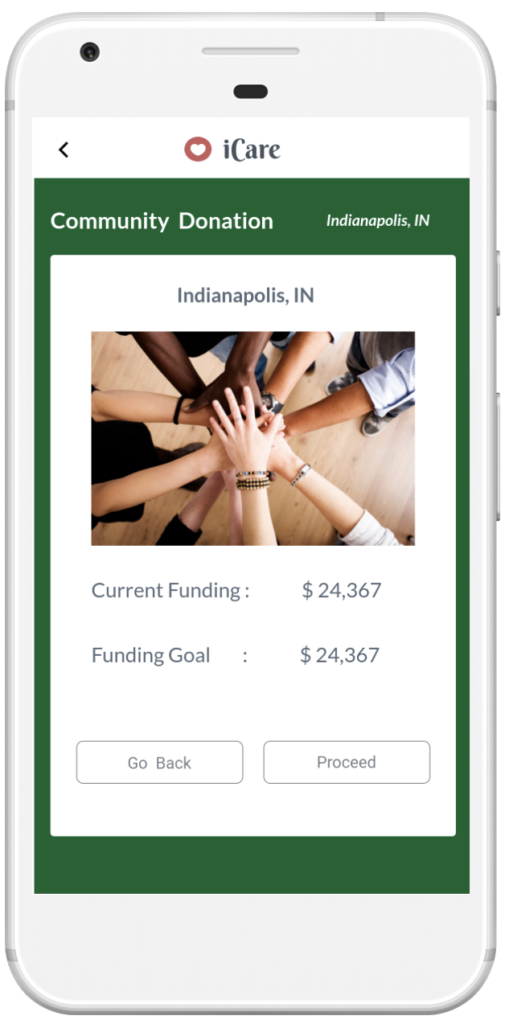
ii. Review Applications
Once the applicant submits the application for support, the applications can be reviewed by the sponsors to decide and make a decision based on the information provided.
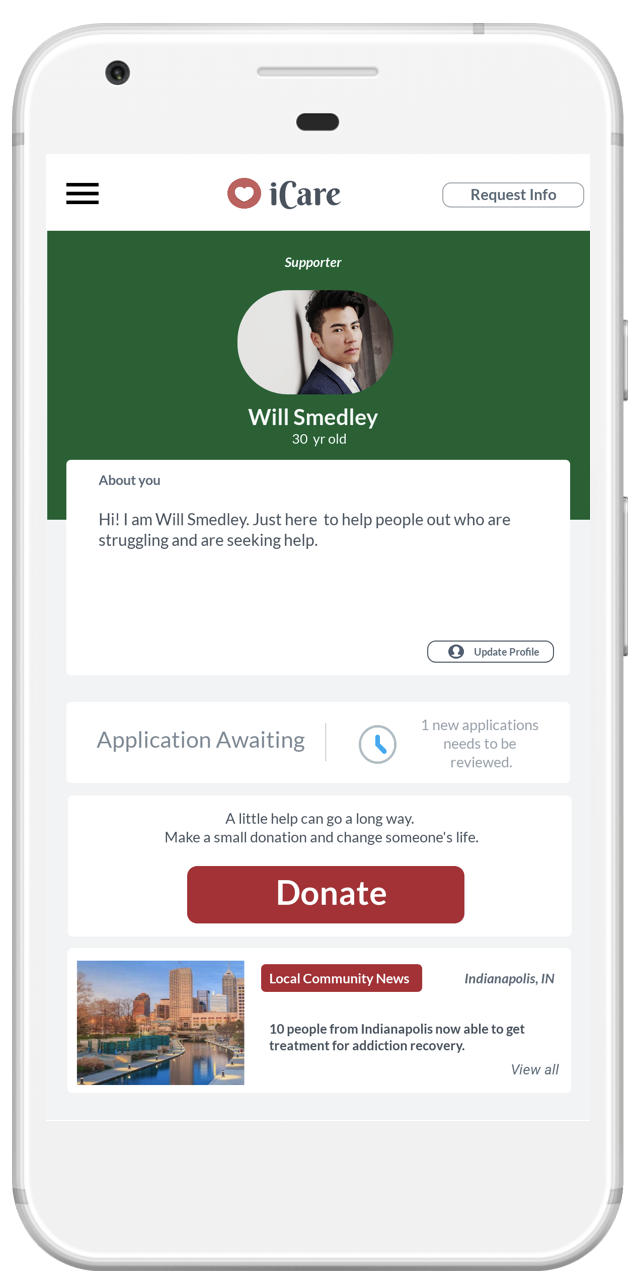
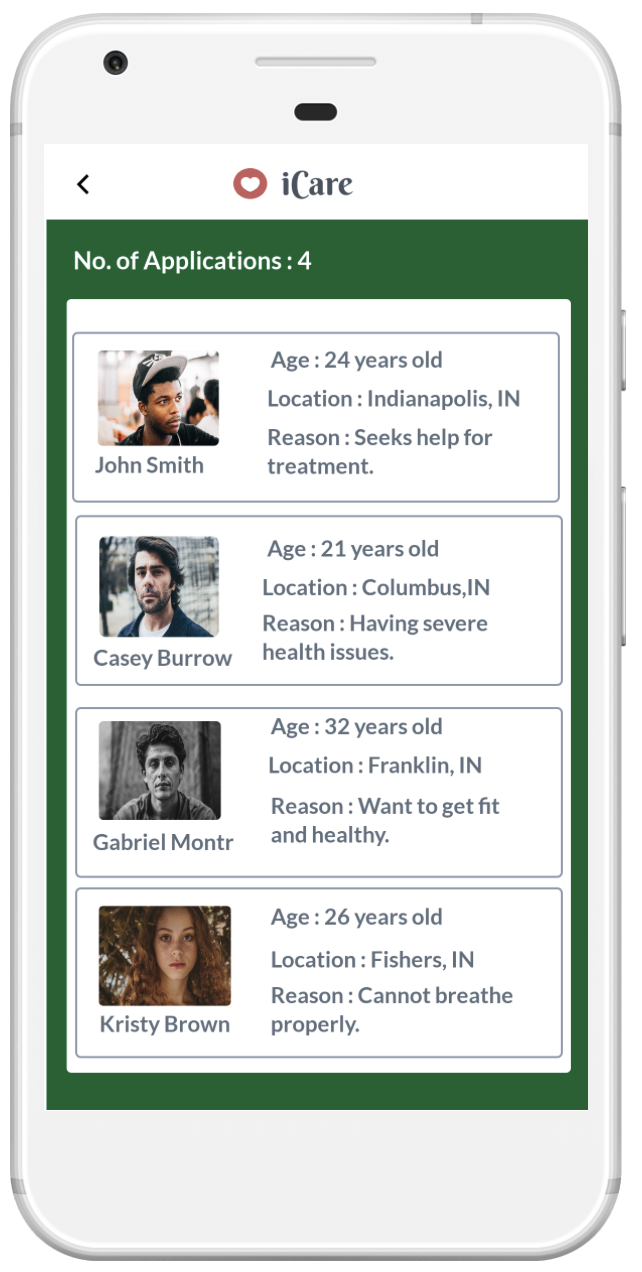
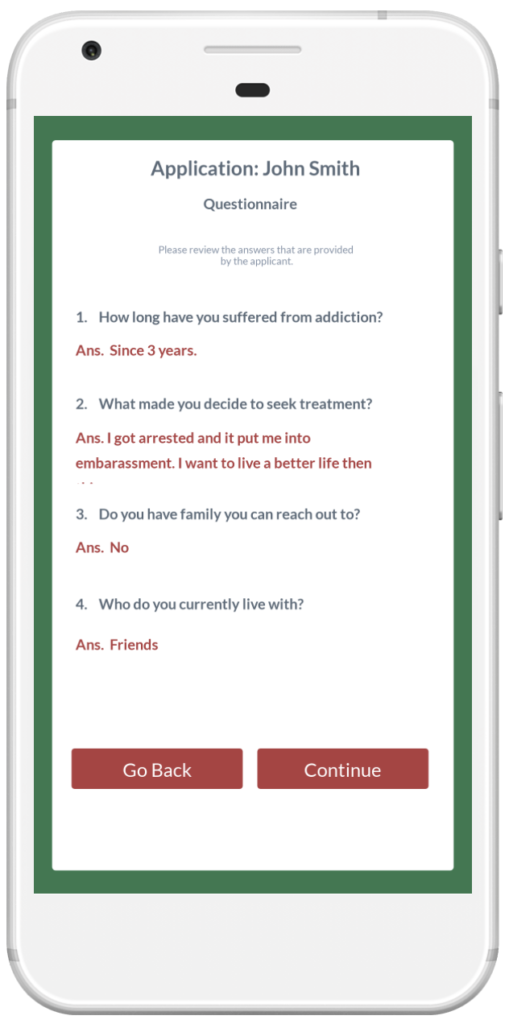
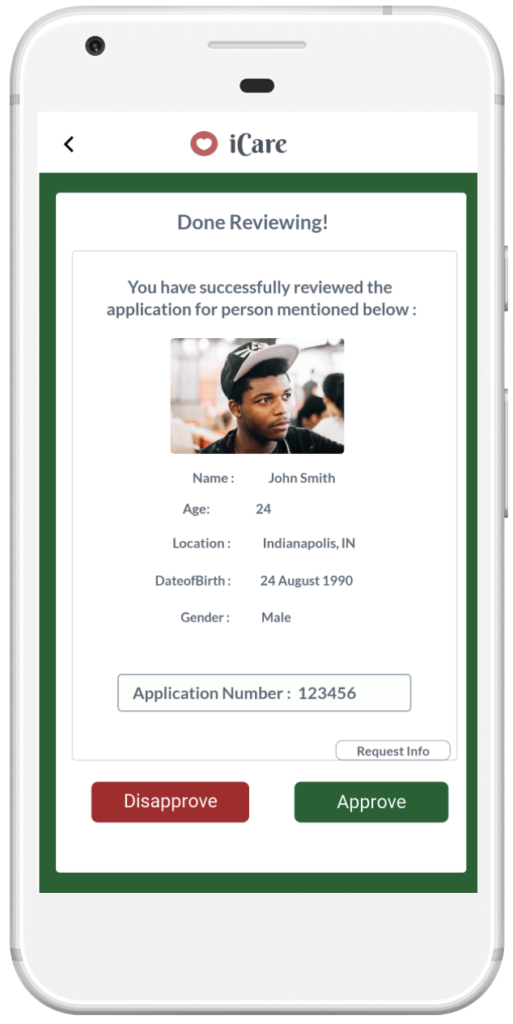
iii. Vote on Applications
Voting can be done after review of application to decide whether to support the applicant, disapprove or request more information before making the decision.
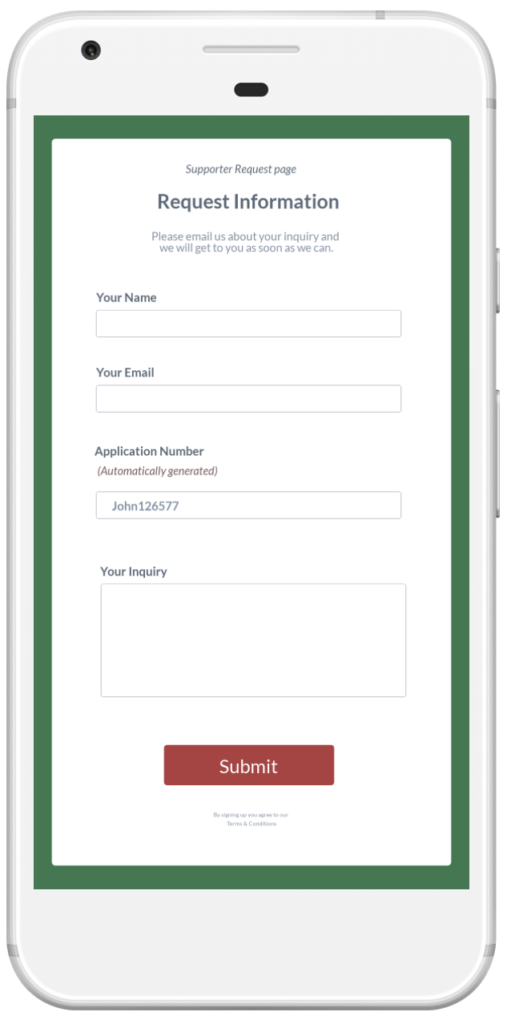
iv. Request More Info
If the sponsor cannot decide and vote based on the information provided, he/she can request for more information from the applicant using the request info page.

i. Support Application
The applicant can seek support from people by creating a profile and filling an application that is shared with the supporters.
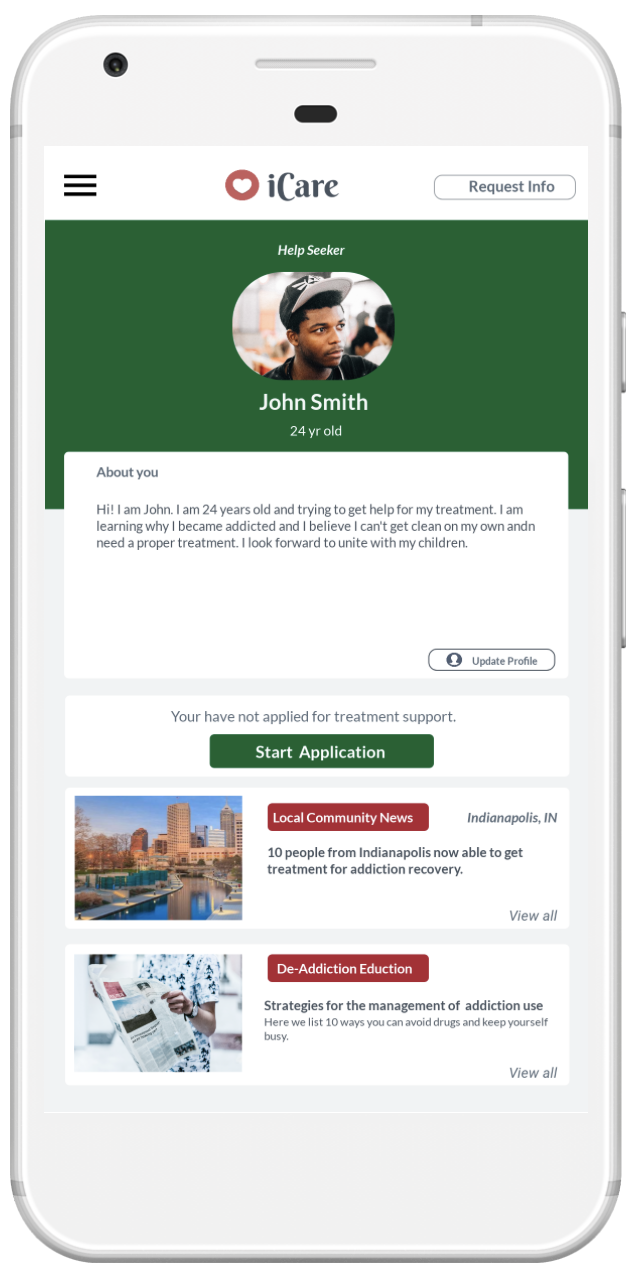
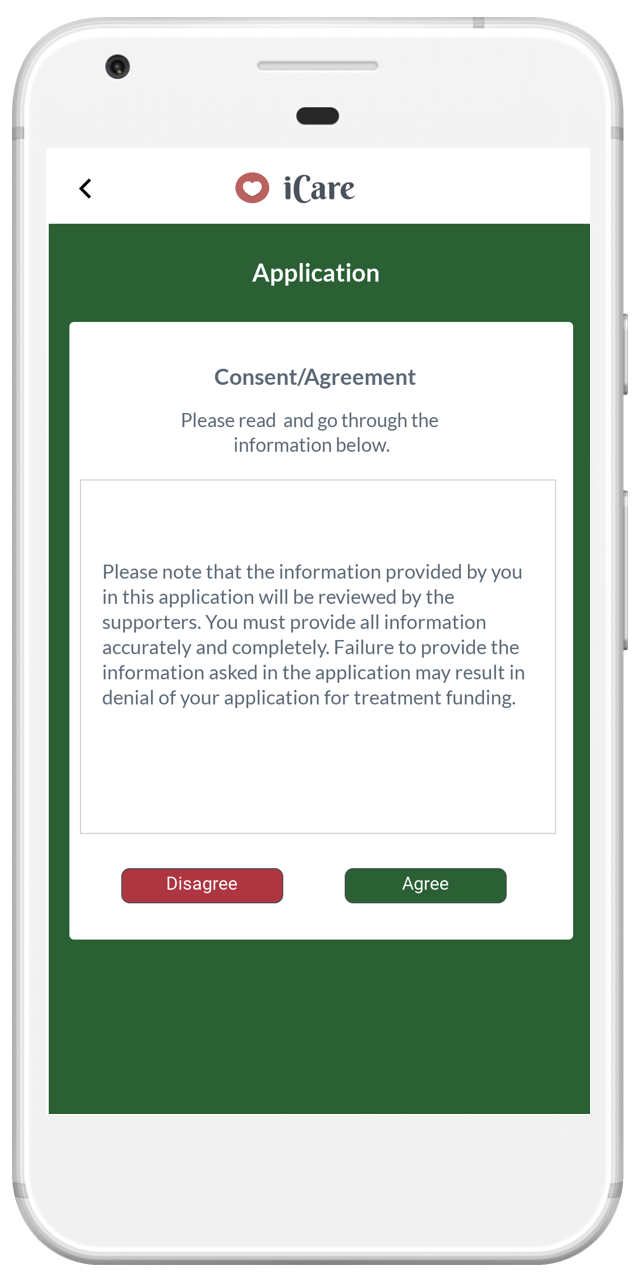
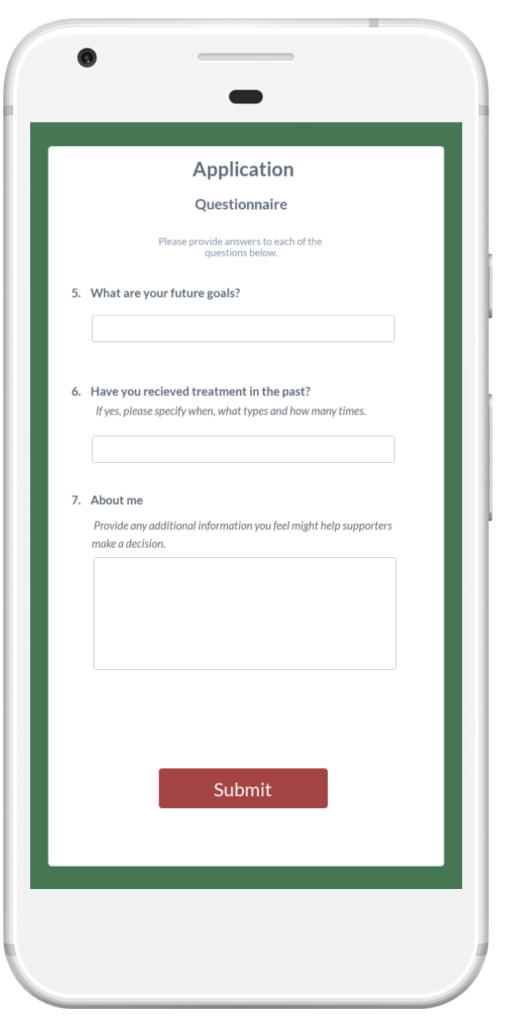
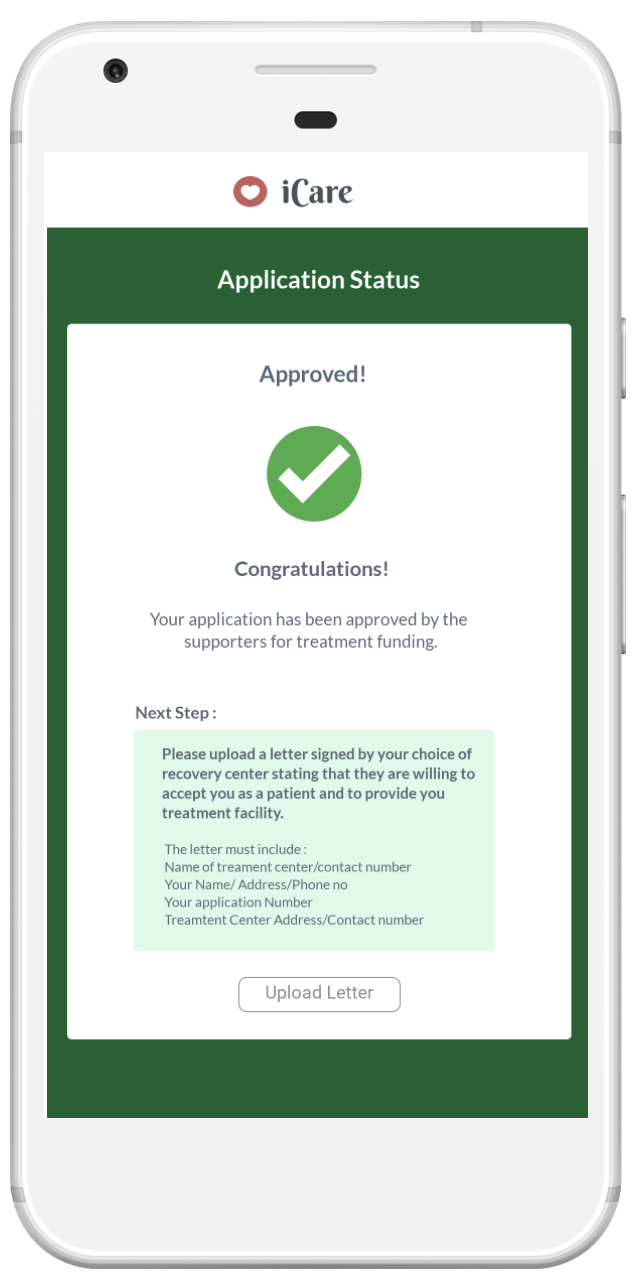
ii.Updates
Once the applicants have submitted the application, they are provided with instant updates and detailed information on the next steps i.e. to upload acceptance letter signed by a recovery center.
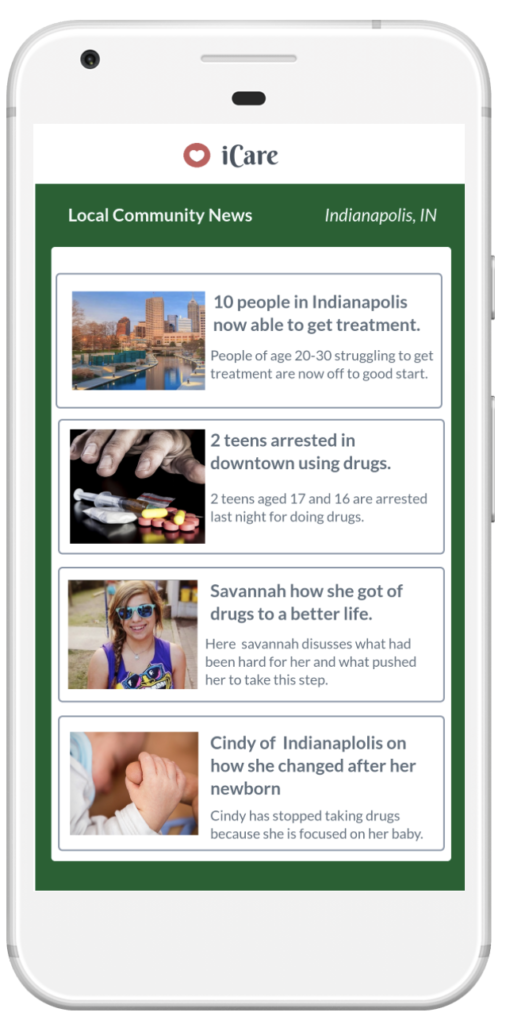
iii.Local News
Users can also read the latest local news such as success stories, arrests, opportunities for treatment etc. and stay updated about their community.
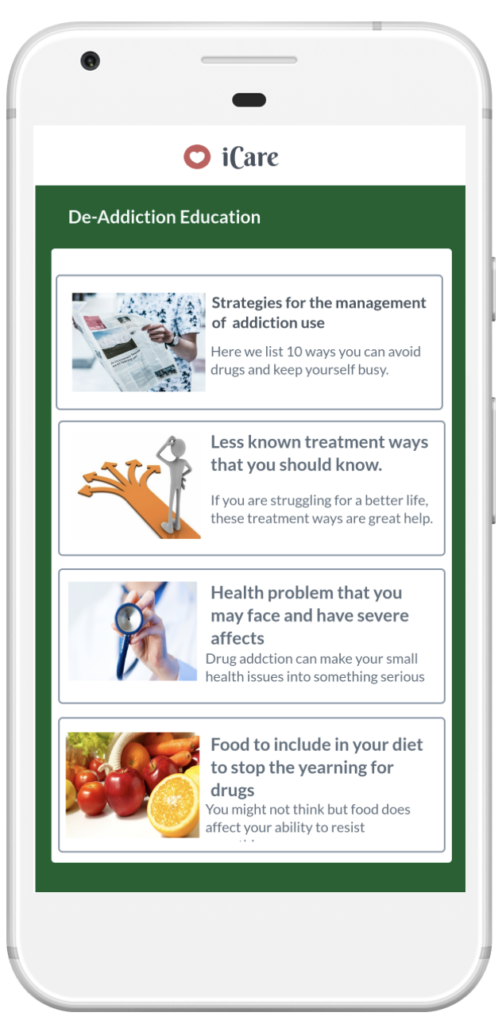
iv. De-Addiction Education
Articles on health, addiction management, diet etc. can also help applicants in getting proper knowledge and learn more about how to deal with situations related to drugs.
Usability Testing
We tested the design at various stages of the process.
Low-Fidelity Testing: We conducted coginitive walkthroughs as well as conducted tests with some target users.
High-Fidelity Testing: These final design tests were conducted with the target users, community members as well as clinic staff members to gain user feedback about the interface as well as the usability of the features on the designed system.
After the testing at both the stages of the process, we reiterated on the design and made the changes suggested by the participants.
What I learnt...
1. Users are important – It is important to conduct user research at the begining and user testing towards the end to clearly undertand how to meet the user requirements.
2. Analyze data efficiently – There are various methods to analyze data and each has its own specialty. Hence, it is important to choose the one that is most suitable to the problem scenario.
3. Gain early feedback and iterate – Whenever possible involve users to get feedback on the designed system to improve the design and save ample amount of time.
If time permitted...
1. More Users – We would have incorporated more users esp. current patients and those who seek help.
2. Work option – Incorporate features such as where user could do freelance work for community members in return of sponsored treatments.
3. Patient Track – Incorporate feature to keep track of patients so no old patient can misuse the system and apply for funding again if haven’t been consistent with treatment process over the period.
Other Projects
Let's Connect
Feel free to reach out for collaboration or just to say Hi!
Veer41177gmail.com
